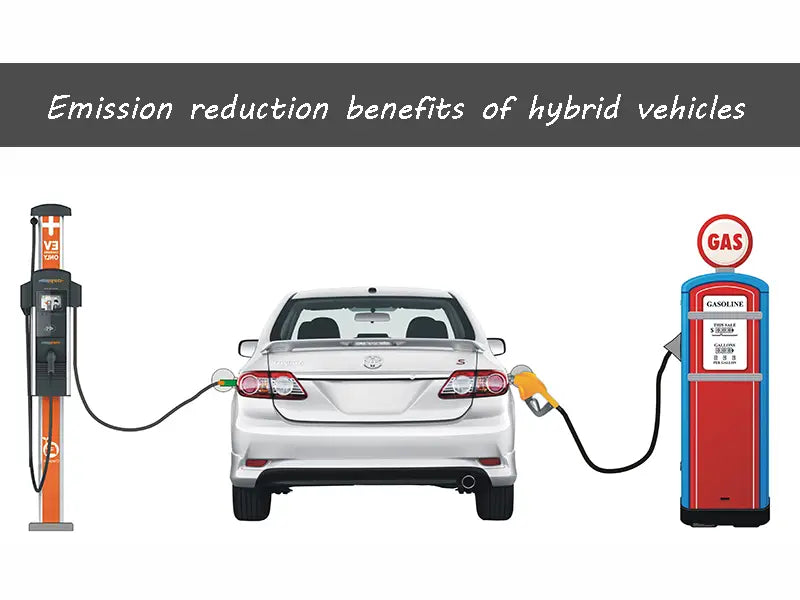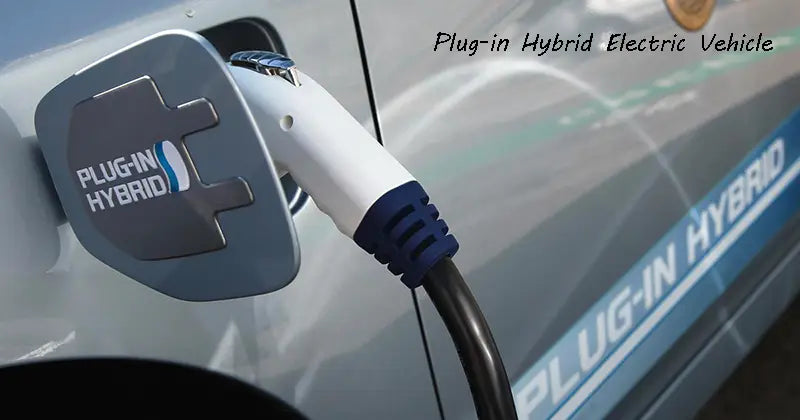
The United States is discussing countermeasures that are expected to halve fuel consumption by 2035. According to the MIT Insights report released on August 19, 2008, if the United States switches to plug-in electric hybrid cars, its gasoline consumption is expected to halve by 2035. In recent years, the price of transportation fuel in the United States has risen rapidly, and until the recent increase in the average fuel economy standard of automobiles, it has only had a slight impact on the development strategy and policy of the United States. The use of hybrid cars are expected to reduce oil consumption and greenhouse gas emissions. MIT proposed to take five years to take various measures to reduce fuel consumption and greenhouse gas emissions, including improving technology, adopting new fuels and taking potential policy measures. MIT proposed that the new hybrid cars should be reduced by 20% in weight and size, using an improved hybrid cars engine. Over the next 30 years, the use of advanced technologies such as plug-in electric hybrid cars and hydrogen fuel cell vehicles should be increased.

In addition to saving energy and fuel, environmental benefits are another big advantage that hybrid cars bring. hybrid cars can save a lot of fuel when braking, accelerating and decelerating, and at the same time reduce urban exhaust emissions. According to the analysis and forecast of American Edison International Company, the combined (or plug-in) hybrid cars will have good environmental benefits. Research by the Electric Power Research Institute and the National Resource Security Council shows that promoting the use of plug-in hybrid cars could improve air quality and significantly reduce U.S. greenhouse gas emissions.
EPRI and NRDC released a comprehensive assessment report on the use of PHEVs in the United States in July 2007, arguing that they can reduce greenhouse gas emissions and have the potential to improve air quality. The main points of the research report are as follows: (1) The large-scale promotion of PHEVs can reduce the greenhouse gas emissions from automobiles in the United States by more than 450 million t/a by 2050, which is equivalent to taking 82.5 million cars off the road. ②Using ample power supply for the transportation industry, the US PHEV accounts for 60% of the market share, and by 2050, the electricity that can be supplied by the grid will reach 7%~8%. ③PHEV can improve the air quality of the entire United States, and by 2050 It can reduce oil consumption by 3 million to 4 million barrels/d. The assessment is based on an average U.S. electricity price of 8.5 cents/(kW.h) and a PHEV refilling gasoline cost equivalent to 75 cents/gal and a gas price of approximately $3/gal. The analysis suggests that a combination of high-efficiency vehicles, improved battery technology, and low-emission power plants could significantly reduce the global warming pollution from the power and transportation industries. Using hybrid cars that is recharged from a low- and emission-free power source can reduce the carbon footprint of the transportation industry.
PHEVs are a combination of battery electric vehicles and power-assisted hybrid cars. PHEVs, like BEVs, can be recharged from the grid, stored in on-board batteries, and used. Unlike BEVs, PHEVs can be driven on highways using an internal combustion engine, or when the battery is depleted. Because of its versatility, PHEVs can be used as drop-in replacements for conventional internal combustion engine vehicles or BEVs.
Combustion engines have been around for 120 years, and hybrid cars have only been around for 10 years, but their development as a form of low-emission vehicles is rapid.

In early 2008, oil prices once reached as high as $100/barrel, which attracted much media attention on solutions. Hybrid cars have received greater attention as a high-efficiency energy-efficient solution. The U.S. Department of Energy's Argonne National Laboratory believes that using energy, especially renewable energy, to power PHEVs is not only efficient, but also reduces emissions of greenhouse gases, volatile organic compounds, carbon monoxide, nitrogen oxides, fine particulate matter and sulfur oxides. For example, coal can be used to produce synthetic diesel, but more can be used to generate electricity that can be fed into the grid to charge hybrid cars. Biomass can also be used to supply electricity to hybrid cars. Wind/solar energy is more suitable for supplying electricity to hybrid cars than for using electricity to convert water into hydrogen. Biofuels are a better option than coal to generate electricity for the power grid and emit less pollutants. Power generation from these alternatives for PHEVs may be a more efficient approach. The point of increased use of hybrid cars are battery technology. Lithium-ion batteries are the most promising power storage systems, but are also more expensive. In the Toyota Prius PHEV, the price for a fully lithium-ion battery-electric PHEV is expected to drop to $15,000.















